Offgrid 2019
Keystone Art Space, Los Angeles, CA
Keystone Art Space, Los Angeles, CA
The grid is an elegantly simple yet simultaneously rigid structure constituted by two perpendicular directions. It is found everywhere—in nature, technology, society, psychology, and countless other areas. The grid also constructs forms, space, and even dimensions. One could posit that the history of human progress is simply an elaboration of the grid. In the critical tradition, the grid is often thought of as a marker of order, control, discipline, scientific reasoning, and modernity. The grid is an essential tool for construction, yet it paradoxically restrains the individual within its framework. In contemporary cultural production, the line between structure and agency blurs in the dual nature of the grid. Offgrid showcases work from four artists whose practice is derived, yet slowly deviates from, the rigid structures of the grid. Manipulation and misinterpretation of the structure is a formal strategy in this deviation. The errors function as a source of inspiration, critical reflection, and most importantly, affirmation of human agency for the artists.


Offgrid, 2019. Installation views. Keystone Art Space, Los Angeles, CA
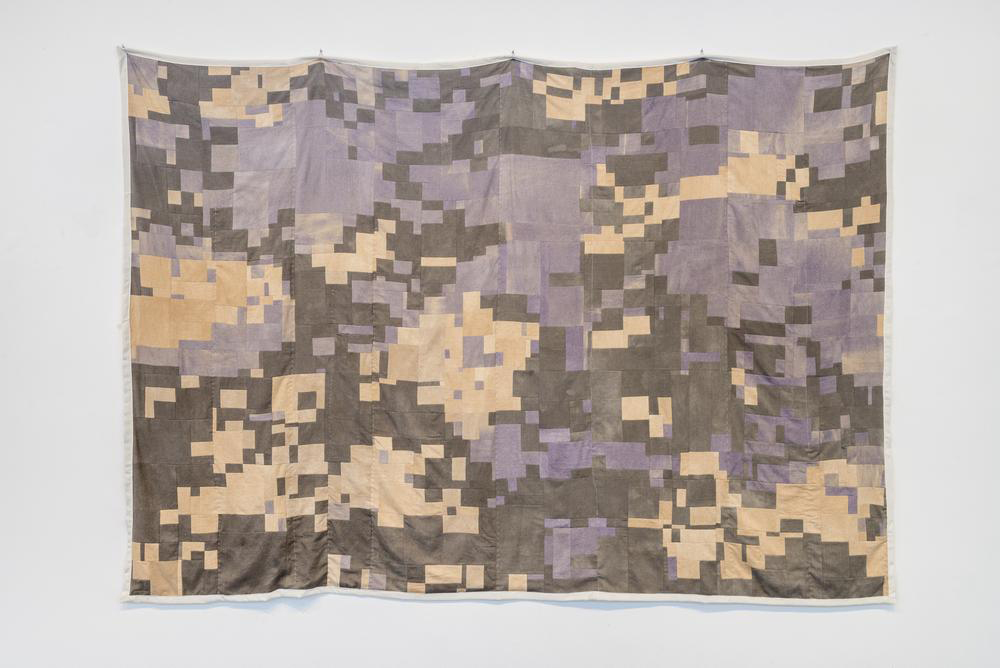
Carly Chubak’s Take Cover is a modern revival of the domestic propaganda for American households during World War II. Looking back on the fragmented depiction of enemy bodies in wartime imagery and the propagandistic call to hand-knit socks for American troops, she is fascinated by the way the nation’s agenda pervades the domestic space. In her work, Chubak creates a twin-sized quilt that imitates Universal Camouflage Pattern, a US Army uniform pattern that will be completely phased out by this September after dramatic failure in the field. Each color is hand-dyed using natural dyes including tea from her kitchen cupboard. Take Cover explores both the impressive complexity of modern imaging science and the tragedy of an army wasting billions of dollars on useless uniforms in an effort to keep up with the Joneses.
![]()
![]()
![]()
Cheng Cheng. Drawing Machine Iteration 3, 2019. aluminum frame, wood, harwares, backpack strap, wire, electronic motor, heart rate sensor, micro computer, ink pen. 10 x 10 x 10 in.
Untitled, 2019. Gelatin silver print. 11 x 13 in.
870 Raymond Avenue Pasadena, 2019. Pencil on paper. 12 x 12 in.
Untitled, 2018. Lithograph. 18 x 24 in.
In his on-going project A Global Survey Through Autonomous Drawing, Cheng Cheng constructs wearable drawing machines that record the movement and heartbeat of the wearer in a form of line drawing. With the machine, he travels to a specific site and takes a film photograph of the place, later producing a silver gelatin print. Each place is thus mapped as one abstract drawing and one picturesque view. Both the drawing machines and analog cameras are devices meticulously crafted with the intention to document space with high precision, and Cheng explores their parallels and contrasts. He acknowledges and embraces the existence of unintended errors and glitches during the process, challenging the stake of individuality and agency in the age of digital automation. Cheng’s cartography goes further than the conventional map: he highlights presence, movement, labor, errors, and moments.
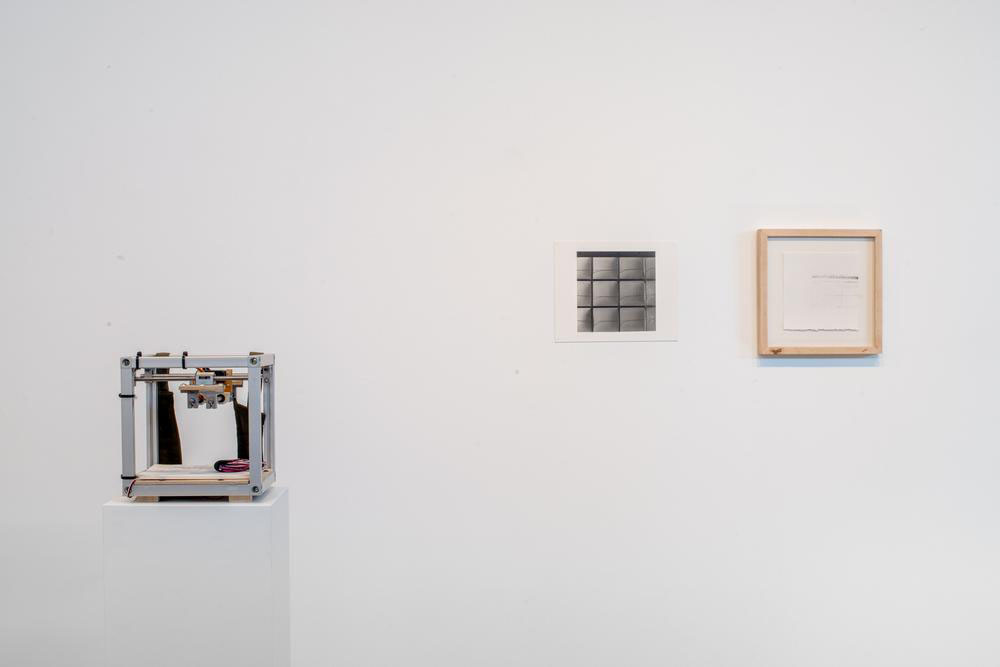

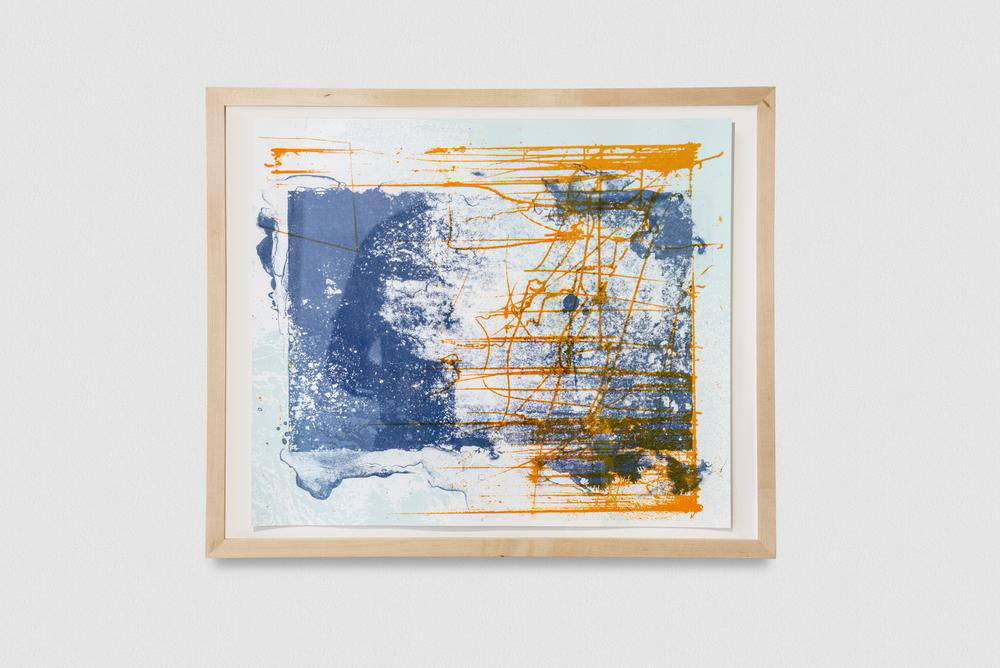
Untitled, 2019. Gelatin silver print. 11 x 13 in.
870 Raymond Avenue Pasadena, 2019. Pencil on paper. 12 x 12 in.
Untitled, 2018. Lithograph. 18 x 24 in.

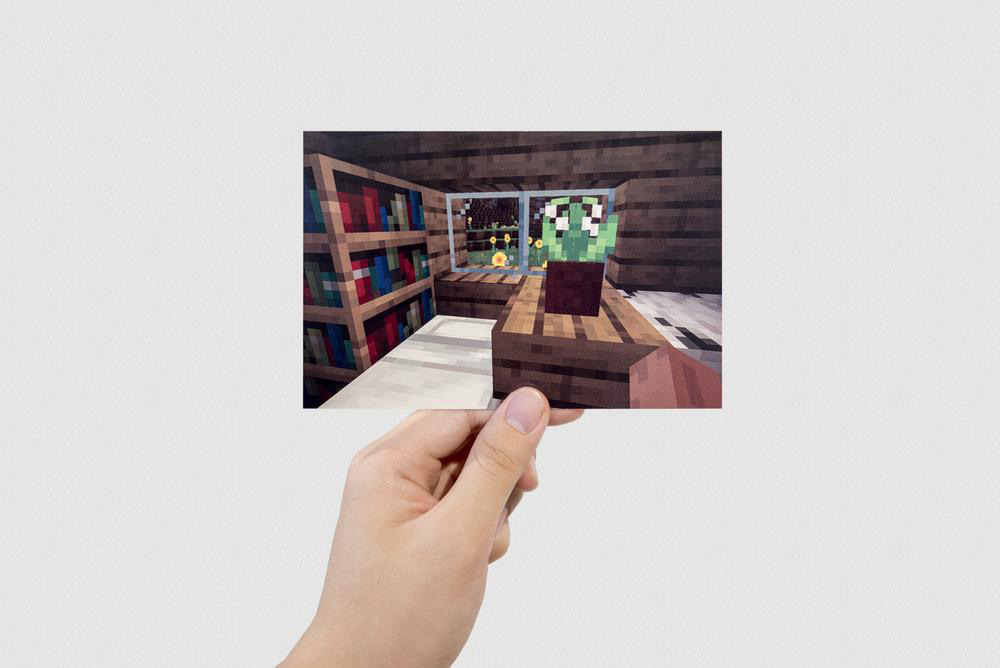


Romanticizing the Reason is the first iteration of the project presented for this show. The eponymous video is a story of a man who plays Minecraft in an attempt to escape from his depressing reality. The narrator—enacted by a British male voice generator—hikes a virtual mountain and mines a virtual cave. Throughout the journey, he comments on the randomly generated landscape, romanticist myths, precarious economy, and his will to live.
Untitled (A Myth of Suicide) is a sculpture that accompanies the video. A stack of postcards shows an image of waking up on the front side and an image of death on the back. These images are situated either in the Minecraft world or the real world, conflating the two.
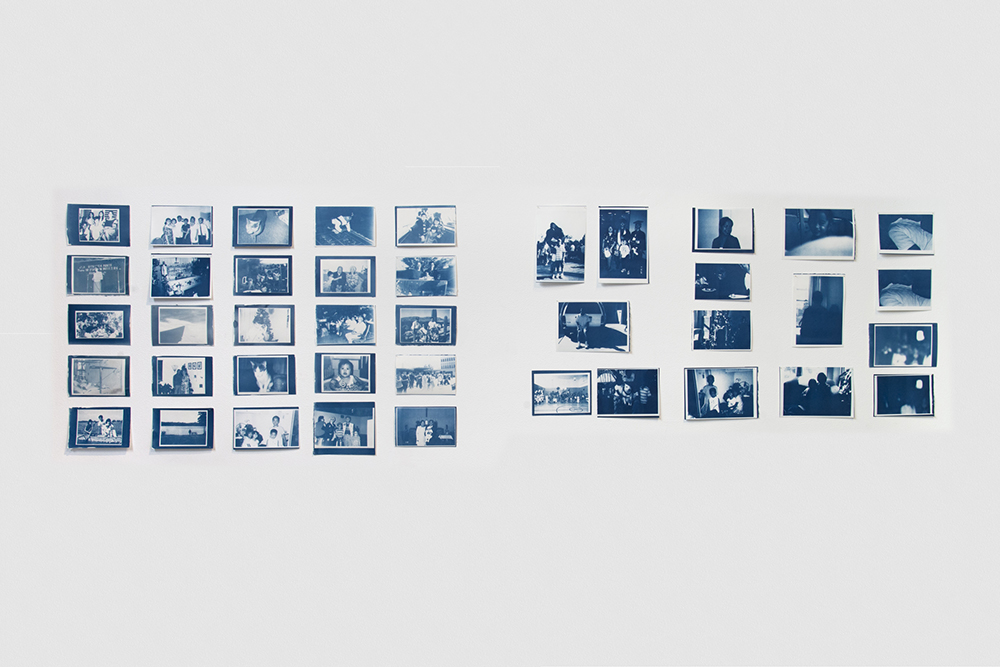
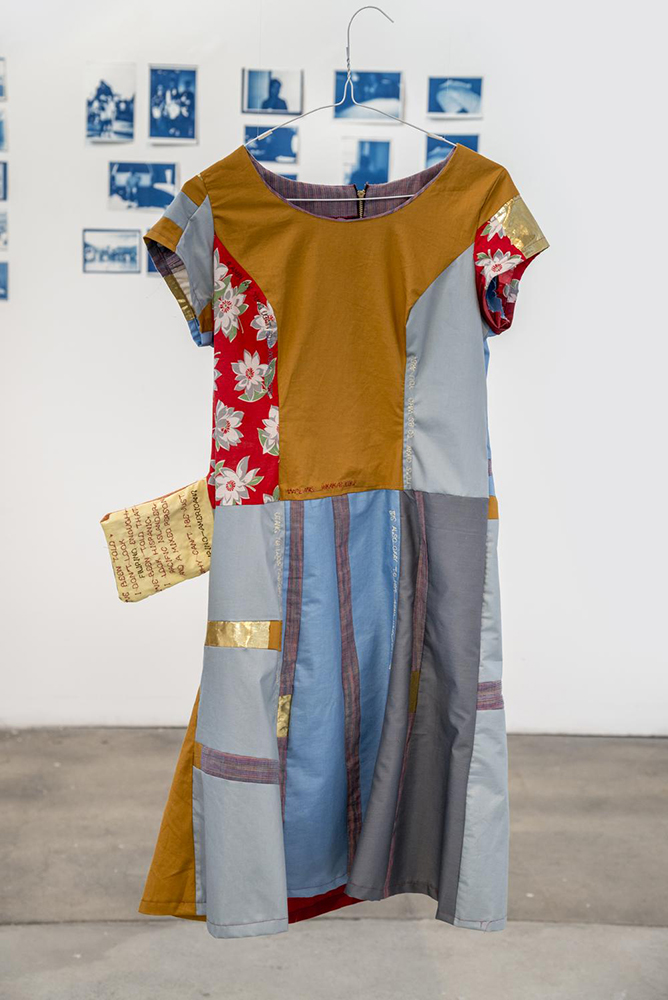
Kapwa, 2019. Linen.